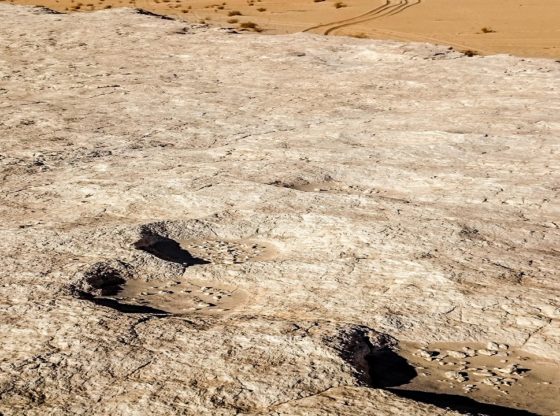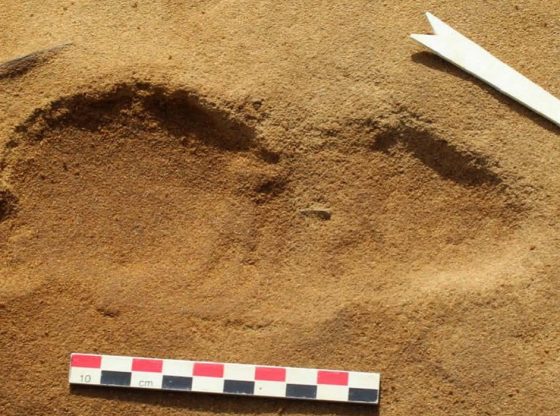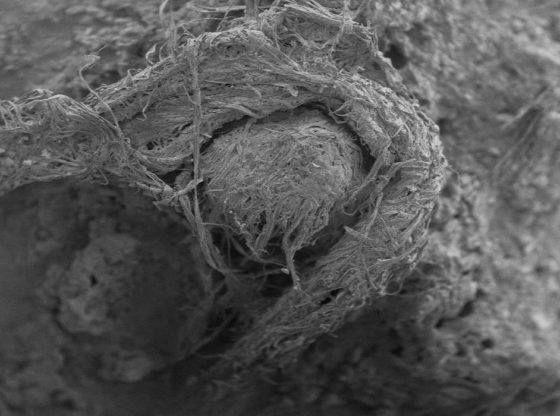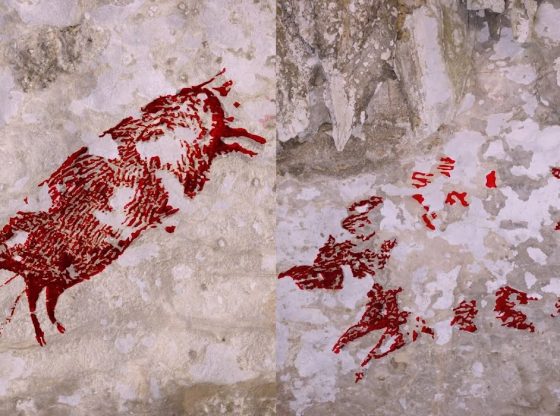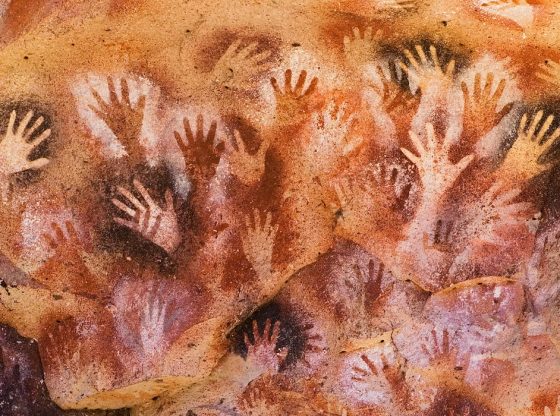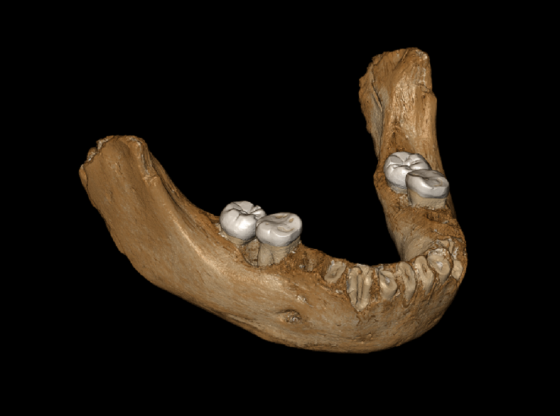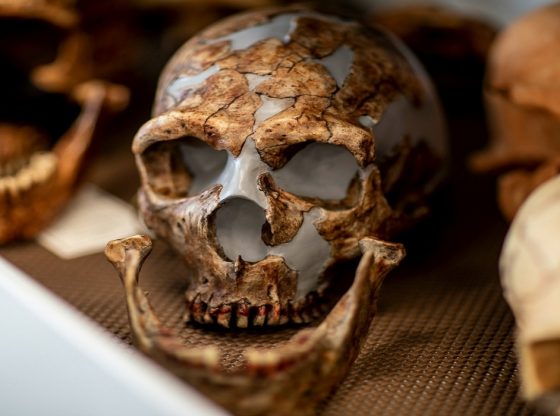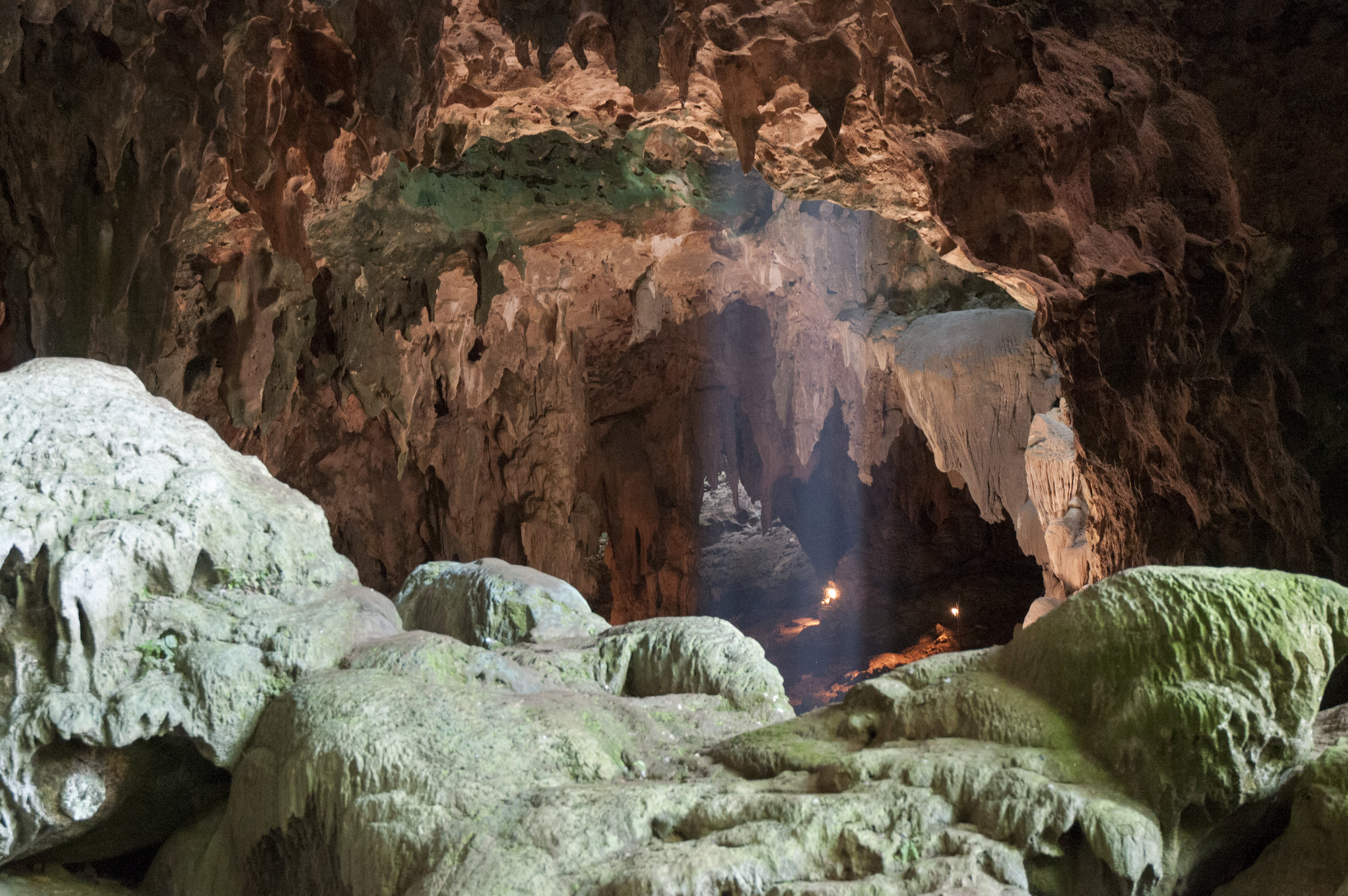
Humankind’s tangled shrub of ancestry now has a new branch as researchers in the Philippines announced the discovery of a species of ancient human previously unknown to science.
The human species called Homo luzonesis was discovered by a team led by University of the Philippines associate professor Armand Salvador Mijares from fossils excavated in Callao Cave in Peñablanca, Cagayan.
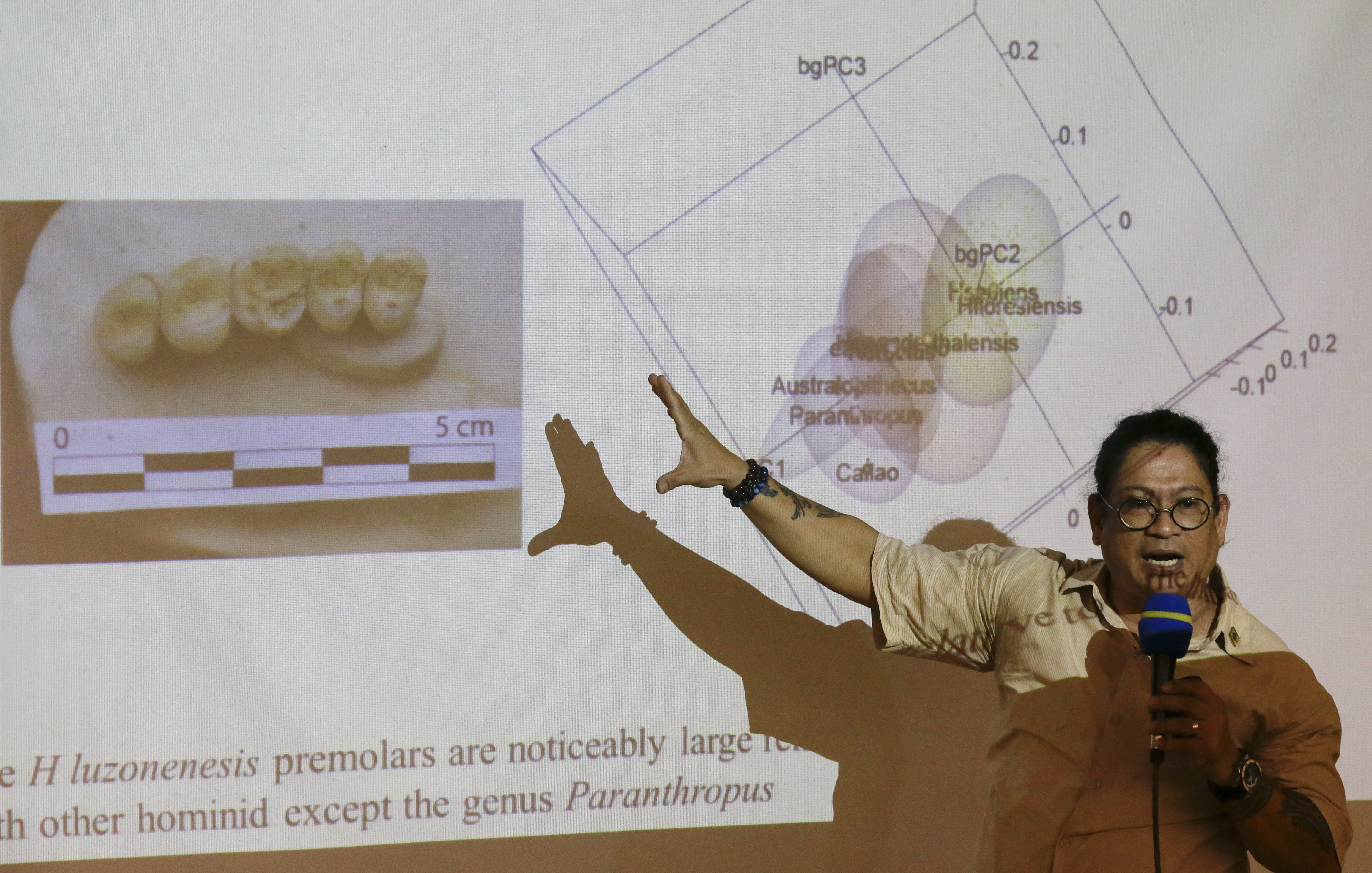
The groundbreaking discovery was published by British scientific journal Nature, which comes as a formal announcement and recognition of the new human species.
Standing an estimated three to four feet tall, Homo luzonensis—classified as a separate species on the basis of 13 bones and teeth from two adults and one child found in a cave on the island of Luzon in the Philippines.
The discovery adds another twist to the increasingly complex timeline of human evolution. The small hominin roamed Earth alongside a host of other early humans, including Neanderthals, Denisovans, similarly petite Homo floresiensis, and our own species, Homo sapiens.
The find shows that human evolution in the region may have been a highly complicated affair, with three or more human species in the region at around the time our ancestors arrived. One of these species was the diminutive “Hobbit” – Homo floresiensis – which survived on the Indonesian island of Flores until 50,000 years ago.
The fossils of Homo luzonesis were identified to be 50,000 to 67,000 years old, which makes them the earliest human remains to be discovered in the Philippines. The fossils consist of thirteen remains – teeth, hand and foot bones, as well as part of a femur – that belong to at least three adult and juvenile individuals. They have been recovered in excavations at the cave since 2007.
Homo luzonensis has some mixed physical similarities to both more recent humans, but also to some very archaic humans, some features similar to australopithecines, upright-walking ape-like creatures that lived in Africa between two and four million years ago. The finger and toe bones are curved, suggesting climbing was still an important activity for this species. This also seems to have been the case for some australopithecines.
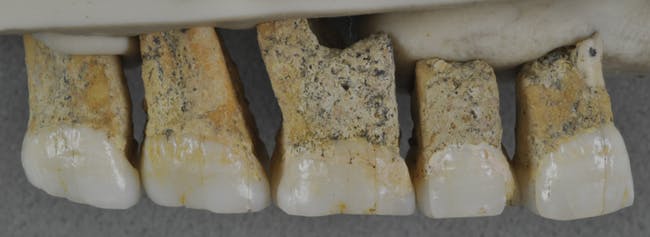
Homo erectus has long thought to have been the first member of our direct line to leave the African homeland around 1.9 million years ago. But if australopithecine-like species were able to reach South-East Asia, it would change the way our ideas about who in our human family tree left Africa first.
The discovery contributes new insights into modern man’s ancient beginnings but also raised new questions and deepened the mystery behind the evolution of man.
Reference:
Florent Détroit et al. A new species of Homo from the Late Pleistocene of the Philippines DOI: https://doi.org/10.1038/s41586-019-1067-9



